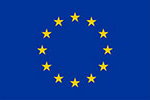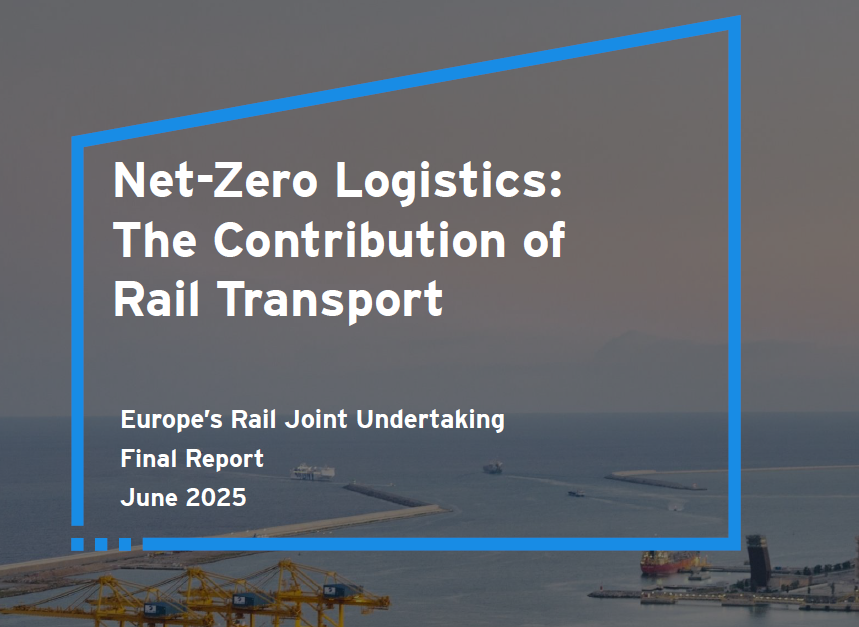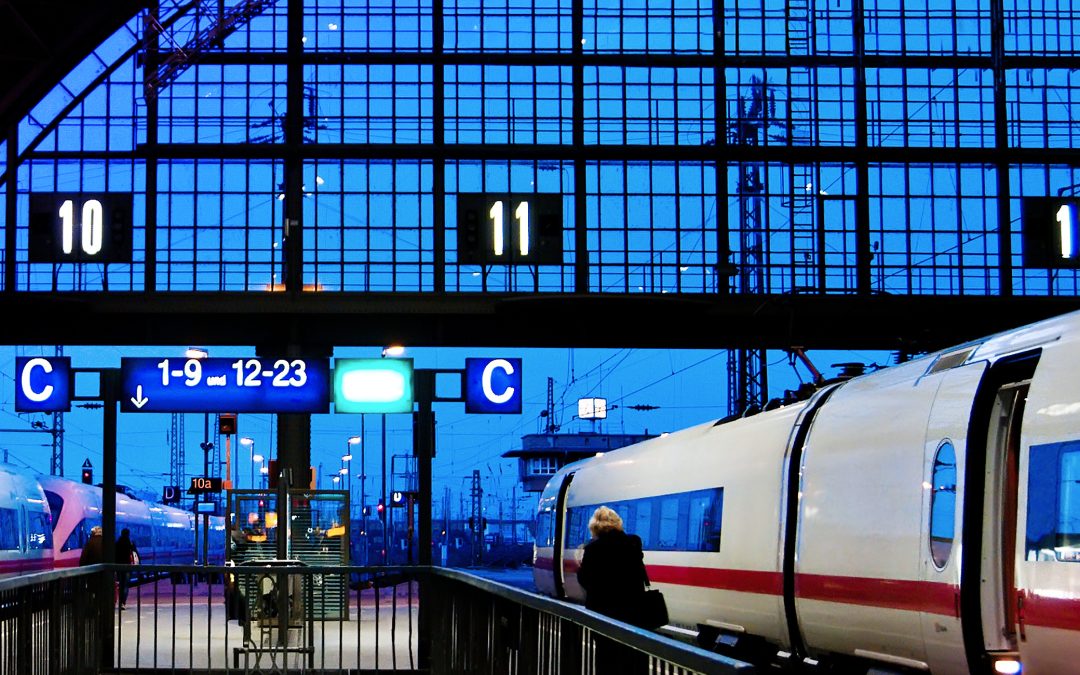Europe must take decisive steps to simplify and modernise its rail systems to strengthen competitiveness,...
As Europe’s railways expand, their safety and efficiency depend increasingly on knowing every train’s position.
Traditional train detection systems use devices mounted along the rails, such as track circuits and axle counters
Trains also communicate track positions and distance travelled, thanks to Eurobalises and odometers
The Challenge
To achieve even greater accuracy and real-time localisation of trains by improving onboard positioning technology – using Global Navigation Satellite Systems (GNSS), such as the EU’s Galileo.
How we do this?
Shift2Rail delivered six Technical Demonstrators, defining an interoperable solution for Satellite-Based FailSafe Train Positioning (FSTP) that brings together:
1. Virtual Balises (VB);
2. a Stand-Alone FSTP system.
Researchers produced a Roadmap and Migration Strategy exploring:
- ways to include fail-safe, interoperable train positioning solutions in future European Train Control System (ETCS) Technical Specifications for Interoperability (TSIs);
- the need to integrate Satellite-Based FSTP systems in current and future Control-Command and Signalling (CCS) systems.
Virtual Balise-Based train positioning solutions
How does it work?
Positioning information is sent to a train through GNSS signals, supported by extra sensors, instead of relying only on physical balises along the track
An onboard Virtual Balise Reader processes the GNSS signals and compares the GNSS coordinates with the list of coordinates onboard
The reader reports the corresponding virtual balise to the Eurocab (a train-based computer), when the coordinates stored for it are reached
Solution
VB technology using GNSS to enhance positioning information for a train
VB solution in a real ERTMS/ETCS environment on non-urban lines, using European Geostationary Navigation Overlay Service
Ensuring interoperability between regional and main railway lines, for an FSTP solution plus VBs in a real ERTMS/ ETCS environment
Technology Readiness Level
5 (technology validated in a relevant environment)
5 (technology validated in a relevant environment)
4 (technology validated in a lab)
Key findings
Incorporating track data into the onboard algorithm can be a crucial factor in enhancing safety and
accuracy
Integration of satellite technology with standard positioning systems proved feasible, supporting:
- interoperability
- Reliability, Availability, Maintainability and Safety requirements
Implemented algorithm robust enough to cope with environmental disturbances to train positioning. Further runs on different lines are still necessary
Who benefits
Infrastructure managers
Railway operators
Stand-alone fail-safe train positioning solutions
Solution
Real-time demo (integrated GNSS, IMU, tachometer and a Digital Map) with an algorithm
Positioning algorithm (multi-sensor acquisitions with an emulator of EGNOS DFMC)
Real-time implementation (dual channel of GNSS, IMU or Inertial Measurement Unit, speed sensors and Digital Map)
Key findings
Showed feasibility of a positioning system of around 20 metres fixed error
Can result in error values below 3 metres
Challenging GNSS conditions affected precision of speed estimates
Who benefits
Infrastructure managers
Railway operators

Benefits of satellite-based train positioning
Calling on highly accurate real-time information from Virtual Balises on trains, supported by other sensors and technologies, these innovations can:
- improve the localisation of trains
- enhance rail safety, reliability and efficiency
- enable the removal of trackside train-detection systems, reducing maintenance and driving major cost savings for infrastructure managers

















